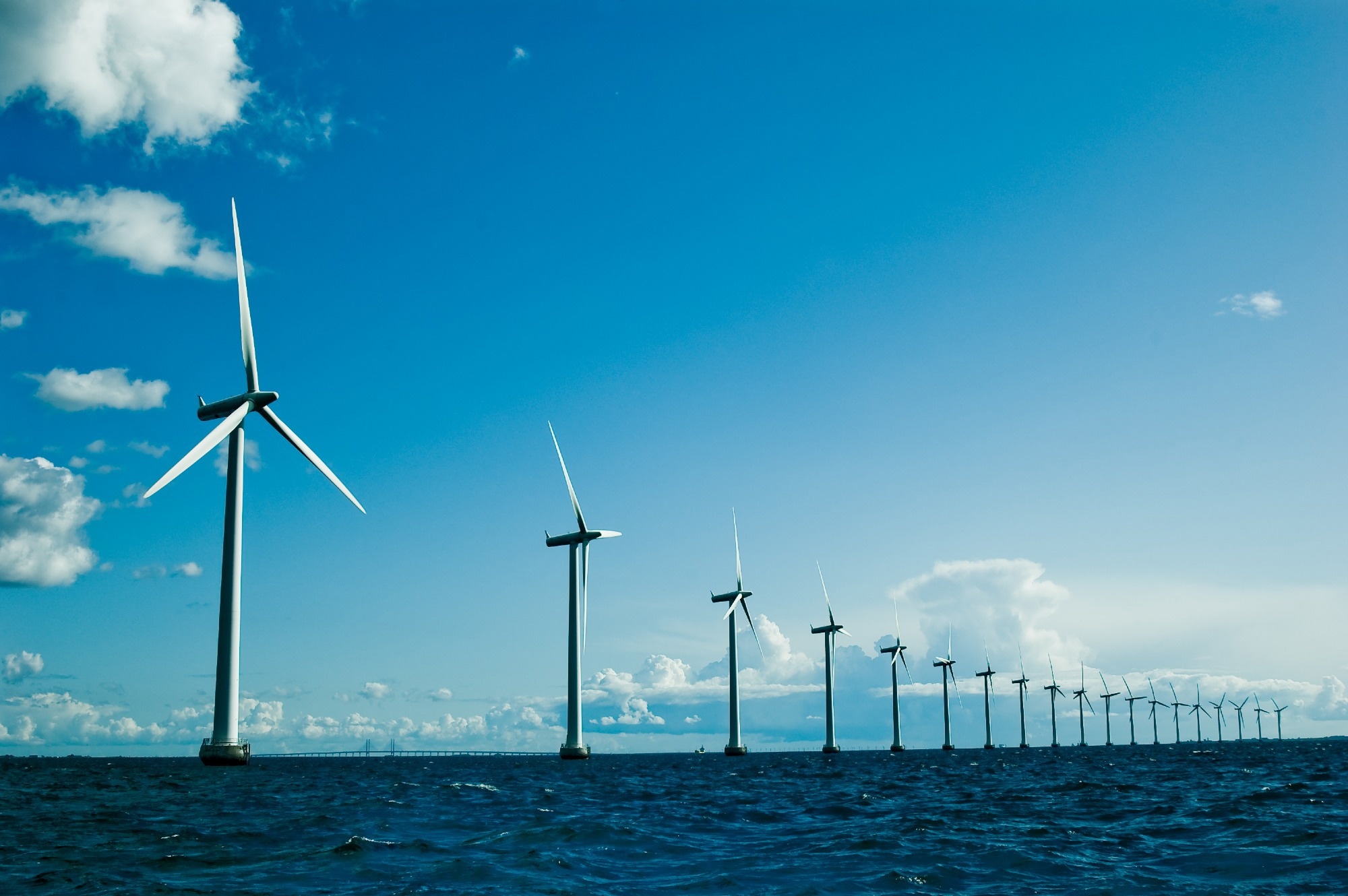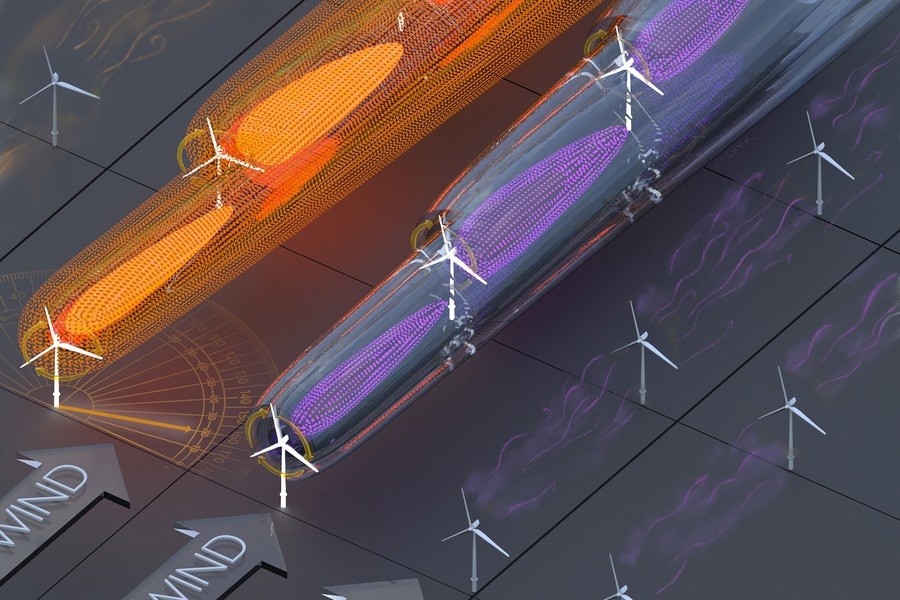
Image Credit: Shutterstock.com/ Eugene Suslo
Yet, while each single wind turbine is considered a solo free-standing unit when part of a wind farm or close to other turbines, the wake generated by an individual unit has an impact on those surrounding it. Traditionally, each turbine is configured to maximize its own power production, and little attention has been given to how units could complement one another when congregated en-masse.
This has led a group of researchers at MIT to investigate and see if there is a way to optimize the energy output of wind farms and generate more power.
"Essentially all existing utility-scale turbines are controlled ‘greedily’ and independently." said Michael F. Howland, professor of Civil and Environmental Engineering, MIT.
Published in the journal Nature Energy, the team employed a strategy that modeled the wind flow around the turbines, and they report to be able to enhance energy output without the need for any extra investment in turbine hardware.
Flow-Physics Model
Typically, due to land resource availability or infrastructural concerns, wind turbines are usually placed within close proximity to one another on a wind farm. The resulting air flow and turbulence each turbine produce directly impact those in the immediate vicinity, which in certain configurations can negatively impact performance and power production.
“The ideal approach to maximize total energy production would be to put them as far apart as possible,” but that would increase the associated costs.
Using the flow model, the team calculated how each turbine could be tweaked to optimize the airflow of the combined units on a wind farm. The energy increase came in at around 1.3% overall and 3% for wind speeds.
While these numbers may seem relatively small, if applied to the total number of operational wind farms in the world today, it would generate enough electricity to power roughly 3 million households.
The remarkable thing about the model is that as it optimizes existing wind farm configurations, there is no need to install additional turbines, which means the cost is in effect minimal and could, in fact, offer a billion-dollar boost to energy companies.
Centralized Control
Individual turbines are constantly sensing and responding to the environmental conditions around them, particularly the wind speed and direction. Internal hardware and software systems work in each individual turbine to adjust the angles and positions of each unit to align as closely as possible to the wind. However, this does not take into consideration the positions or wakes of neighboring turbines.
However, the model developed by the MIT-based team found that making a slight adjustment to just one turbine from its own maximum output position in response to the collective variables generated from nearby turbines could increase power production.

Image Credit: MIT
Implementing a centralized control system using the flow-physics model and relevant data interactions, the power generated and output levels were up to 32 percent greater than conventional operations.
By making the relevant adjustments and accounting for wake losses, the flow-model approach could optimize wind farms both onshore and offshore, where wake losses and impact are usually greater. This could help support the wider adoption of wind-based technologies, which would help reduce greenhouse emissions in the long term.